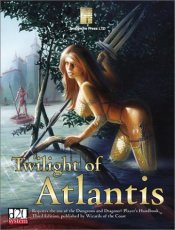WizarDru
Adventurer
kibbitz said:Wait a minute... you mean a feature film version of Gatchaman or Cyborg 009? Though honestly, if this is true, regardless of whichever the actual one is, I would really like to watch them. Though speaking of Sentai and Gatchaman, Choujin Sentai Jetman is very reminiscent of Gatchaman. Possibly some sort of homage? I'd comment further but I'm not sure how to do the spoiler tag bits...
Jetman is widely considered to be an homage to Gatchaman.
And as to the other question:





